Kew Bridge Steam Museum Model Boat Show
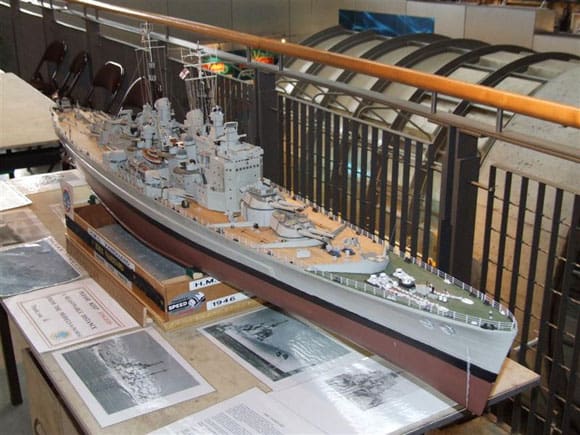
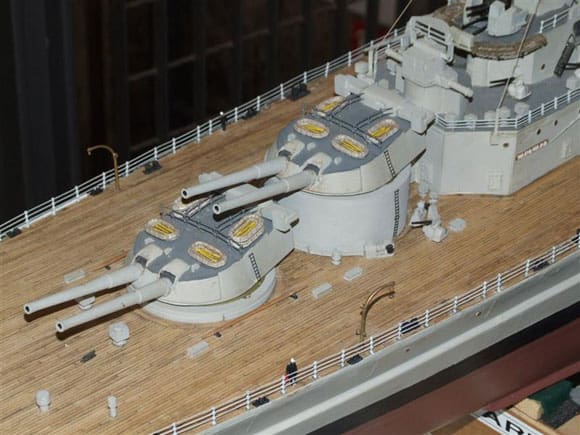
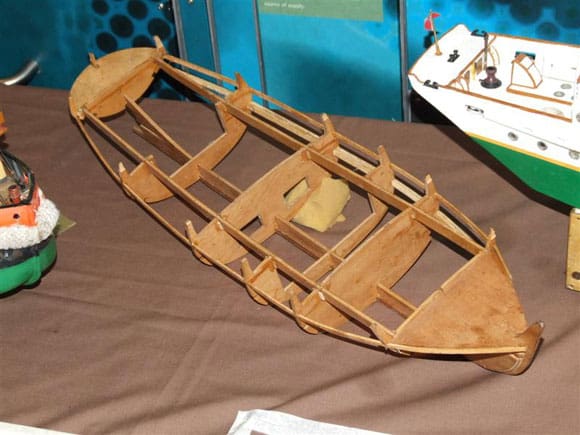
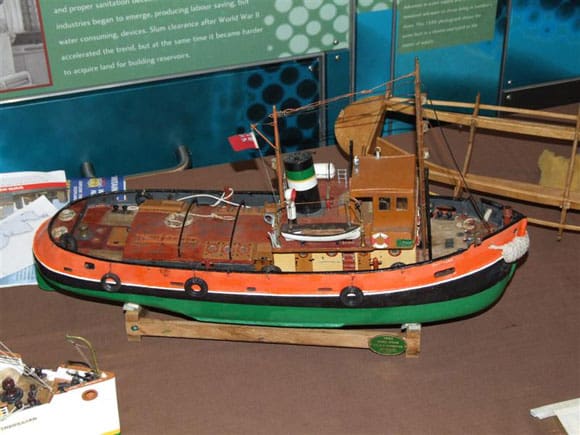
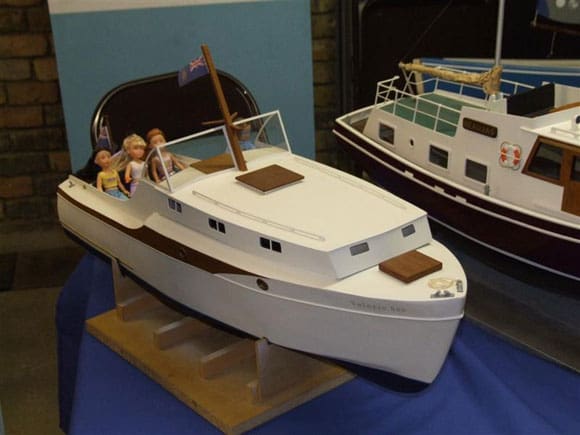
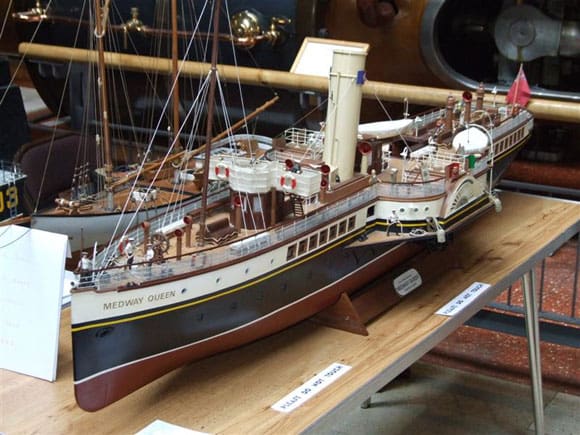
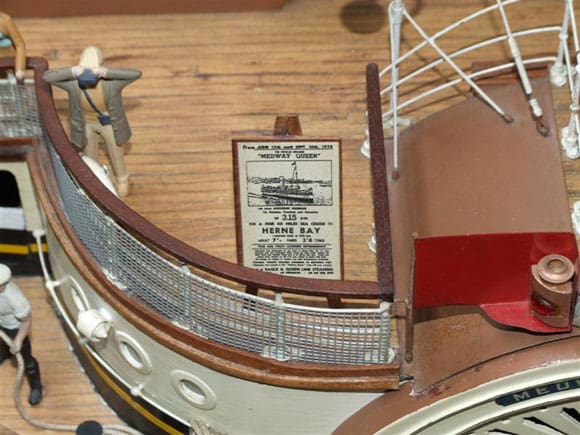
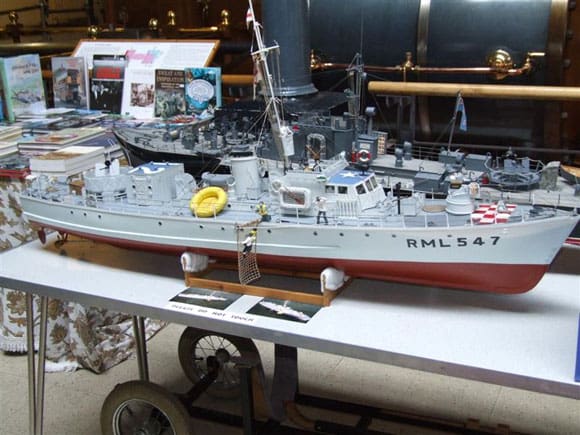
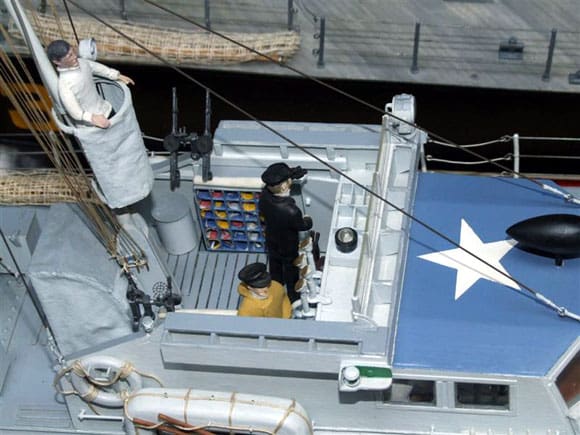
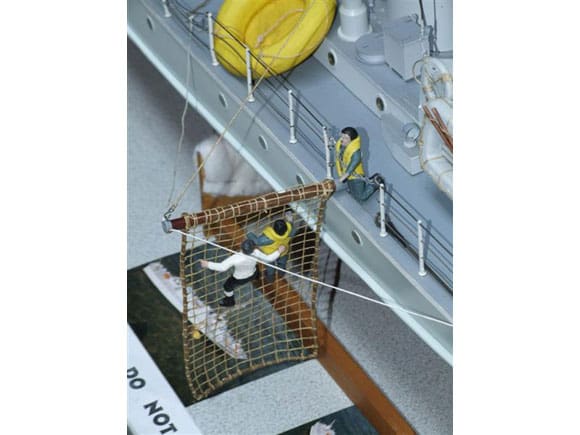
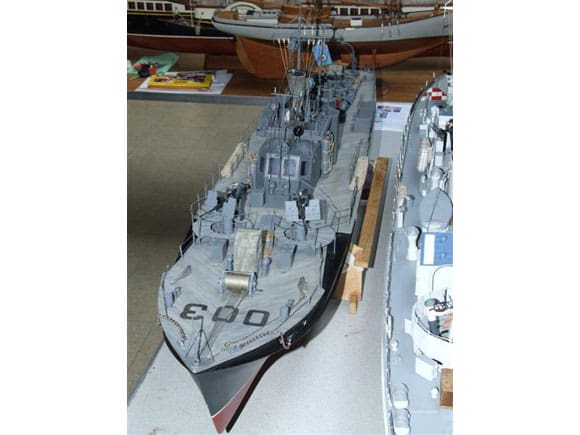
The museum is situated in Brentford, which is to the west of London and the buildings were originally used by the Grand Junction Waterworks Company to house the steam pumps that provided water to London. Much of the original equipment still exists and some of the restored steam engines were run during our visit and we understand they are run every weekend. As the museum is an independent museum, it relies on donations, admission fees and commercial activities to raise funds. Special events are put on most months throughout the year, the model boat show being just one of them. The organiser Richard Halton explained that the model show was a joint event between the Medway Queen Preservation Society and the museum, to raise funds for both organisations.
The exhibitors were arranged in various locations throughout the complex, from the Water for Life Gallery, through the Steam Hall, Steam Hall Galley, The Boulton and Watt House, and so on. There was also a small pool outside with have a go boats and also for use by the exhibitors. The clubs attending included Mid-Thames MBC, Woodley Model Yacht Club, The Surface Warships Association, Phoenix Marine Model Club, Whitton MBC, Victoria Model Steam Boat Club plus individual modellers and two or three traders.
Photo 1 is of HMS Vanguard, built to a scale of 1:128 by Ken Winter of the Surface Warship Association. This was well presented with lots of supporting information and Photographs. Photo 2 shows the after deck detail. One of the individual exhibitors, David Abrahams of the Paddle Steamer Preservation Society, had a display of wooden based models. Photo 3 is of the frame of a freelance motor tug, based on a Simplas kit. The frame is made from marine ply and obechi glued together with a combination of superglue and Araldite. The rest of the structure, the deck houses etc. will be built from ply and balsa wood. Deck fittings will be metal and plastic. The overall length of the model is approximately 25ins.
Enjoy more Model Boats Magazine reading in the monthly magazine.
Click here to subscribe & save.
At the other end of the building scale and completely built, is David Abraham’s model Gwithian, Photo 4, based on the Veron Titan tug kit. The hull of this model is built from block balsa with marine ply used for the superstructure. Fittings, which are scratchbuilt, are made from metal and plastic. The model uses a 6v Monoperm for drive, powered by four 1.5v D cells. The model has two channel radio control. The Woodley Model Yacht Club had a display of cabin cruisers as well as yachts. The model in Photo 5 is John Briault’s version of the MMI plan of Ravenna to a scale of 1:12. The club also had on display a very attractive ‘J’ Class yacht based on a New Zealand design. Moving into the Steam Hall, the Medway Queen Preservation Society had on their stand lots of goods for sale to raise funds towards the restoration of the vessel. Lottery funding is also being sought for this project. Some £2 million is required to re-plate the hull and restore some of the upper works. As a reminder, Brian Eaton’s fine model was opposite their stand, showing what a magnificent vessel that she was in her heyday, Photo 6. I particularly liked the fine detail Brian had included, Photo 7. The model took some five years to build, utilizing bread and butter construction and was originally steam powered with a Martin, Howes and Baylis steam plant. It is now electrically powered and the scale is 1:32.
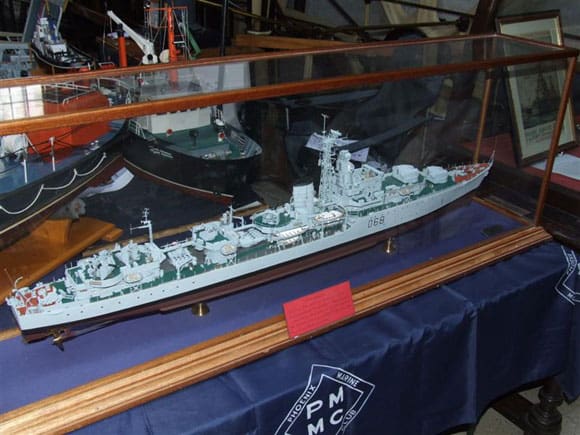
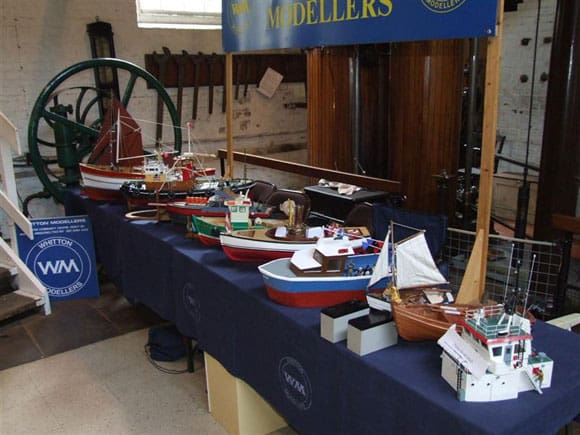
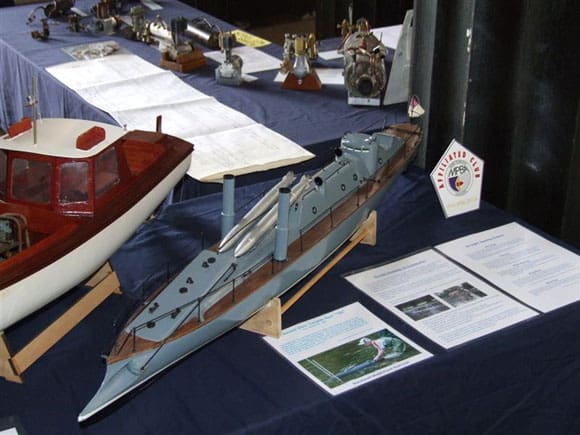
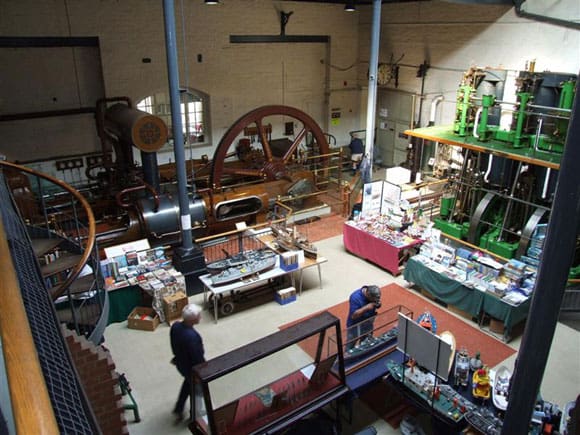
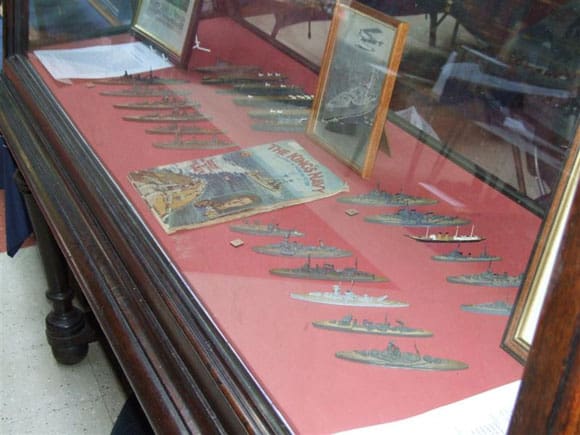
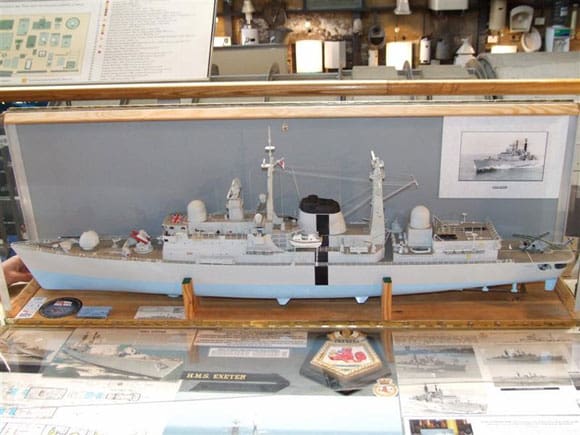
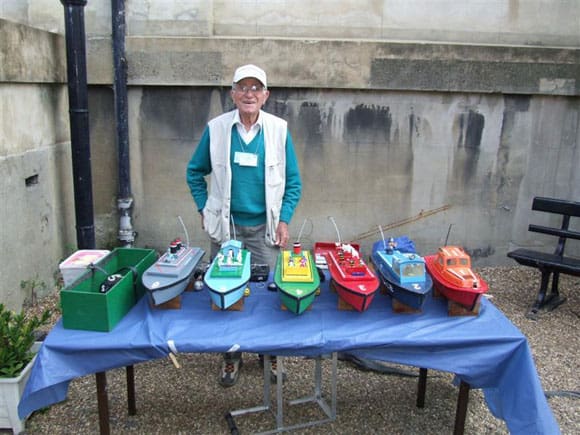
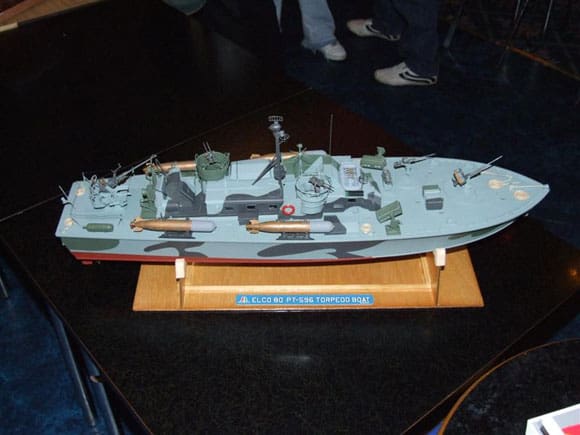
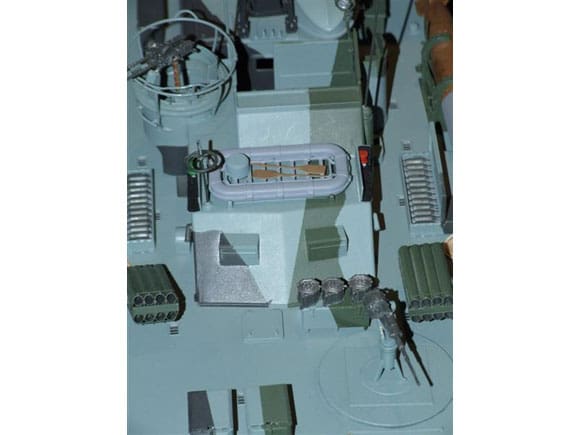
Brian Eaton had other models on display. Photo 8 is of his Fairmile B. This is a model of number 547 in which Alan Rowe was the 1st. Lieutenant. Brian had acquired Alan Rowe’s book and had modelled him in Photo 9 which also shows the bridge detail. Sixty Fairmile B’s were transferred to the RAF and converted to Air Sea Rescue Launches. Photo 10 shows this in action! The model uses two Model Motors Direct 777 motors for propulsion, a Fleet radio and Fleet Electronic Speed Controllers. Brian also had a Fairmile D on display, Photo 11. This model, to the same 1:24 scale, uses the same motors, but four of them with Electronize ESC’s and Futaba radio. Brian’s models are based on Kingston Mouldings hulls, with superstructures built from ply and plastic card. The armament is also scratch built.
Just across the hall from these superb models was this stunning version of HMS Barossa, Photo 12. Completely scratch built, the hull, funnel and ship’s boats are made from gummed paper strip. The superstructure is 10thou. aluminium on an 1/8in obechi frame. The guns and other fittings are from aluminum or brass. There were no builders details, but using a bit of guess work I think it was built by Alex McFadyen. One of the clubs supporting the event was Whitton Modellers, who had a variety of models on their stand, Photo 13.
Following the signs from the Steam Hall, the next display was in the 90/100 House. These numbers refer to the size of the engines in the hall. This area was being utilized by the Victoria Model Steam Boat Club and the Blackheath Model Boat Club. Although used as a straight runner, this model in Photo 14 was built from drawings obtained from the National Maritime Museum. It is the Second Class Torpedo Boat T86, built by John Thorneycroft. The hull is built from 1/32in ply over 1/4in ply frames with a liteply superstructure. The decking is mahogany with homemade brass and aluminum fittings. The model uses electric power.
Wandering around the various displays and corridors of the museum, this picture Photo 15, was taken from the gallery and shows part of the Steam Hall with the mix of massive steam engines with the model boat display. Now, if I haven’t got my notes upside down, the engine to the left is the Waddon Engine of 1911 and the green engine is a Hathorn Davey Triple Expansion of 1910. Back on the ground floor of the Steam Hall, this display cabinet housed Richard Halton’s collection of ‘The King’s Navy’, Photo 16. As Richard had explained earlier, these were Tremo Lead Models to 1:1200 scale. Richard’s display was supported by booklets and a programme from the 1935 Silver Jubilee Fleet Review. Back on the Mezzanine floor, Nick Bassett, also of the Surface Warship Association, was displaying his model of HMS Exeter, Photo 17. This was based on a Sirmar hull with some Sirmar fittings. The superstructure and decks were scratch built as were the remainder of the fittings. Nick has built the model as it was during the Falklands conflict, where it was responsible for the destruction of a least three Argentinian fighter aircraft.
John Smith had his model of the Model Slipway Khubar on the Phoenix Marine Model Club stand and during the day he took advantage of the outdoor pool to have a sail, Photo 18. John’s model has two MFA 500 motors driving through 6.1 reduction gearbox. Two Electronize ESC’s with an Astec mixer are used with Futaba radio.
Our final picture from Kew is of Jim Passey, also from Phoenix Marine Model Club, who is doing that all important job of looking after the ‘have a go boats’ to entice others to have a go at our hobby, Photo 19. Well, that’s all from the Kew Bridge Steam Museum Model Boat Show. Our thanks to Nicola in the Press Office and to Richard Halton for their help.
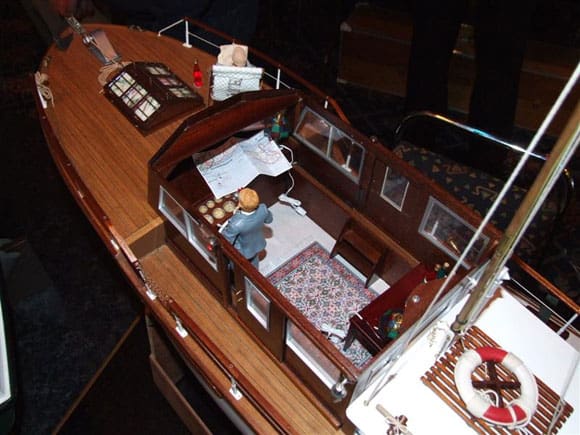
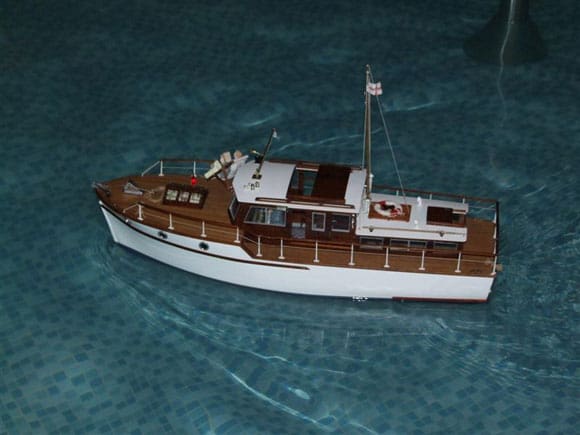
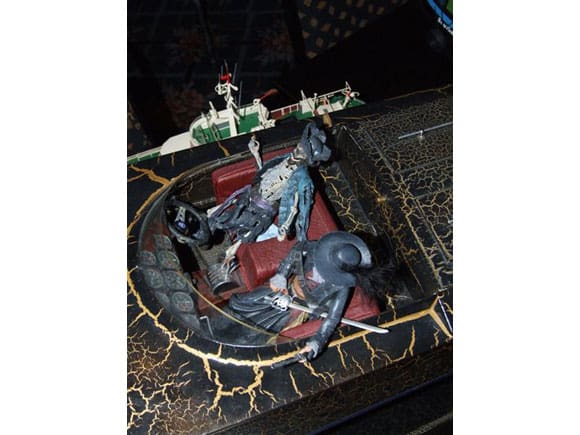
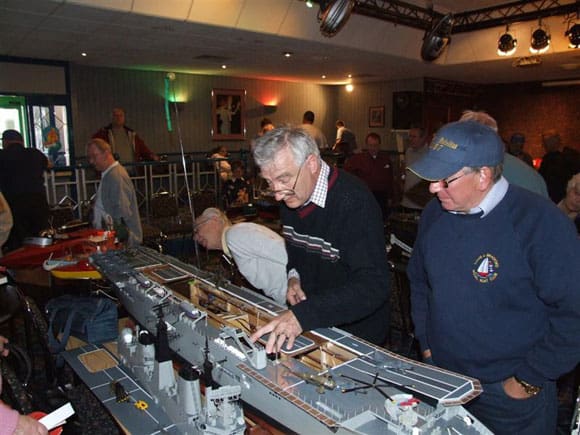
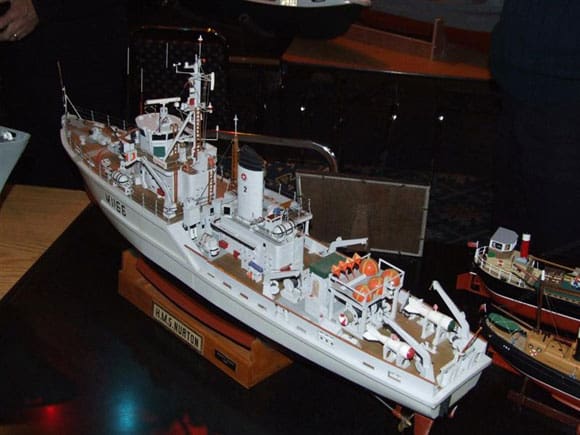
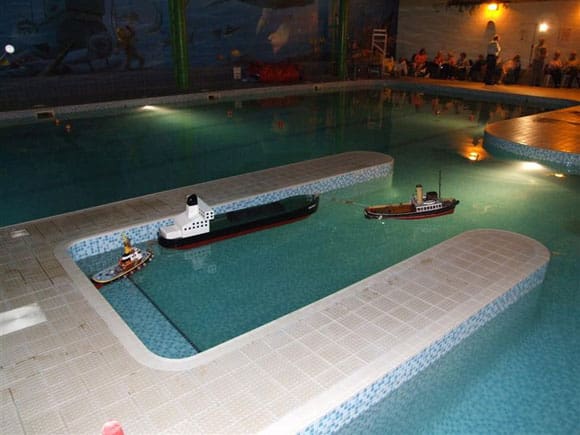
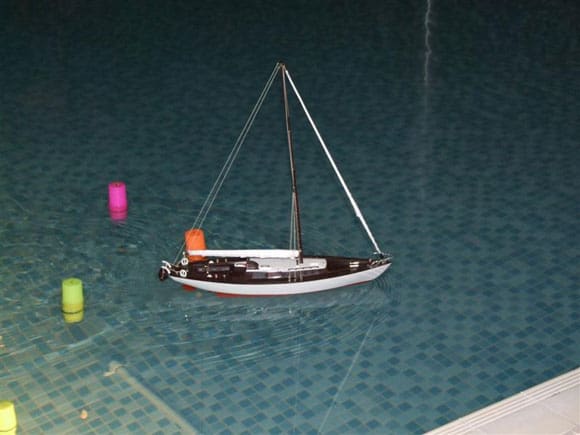
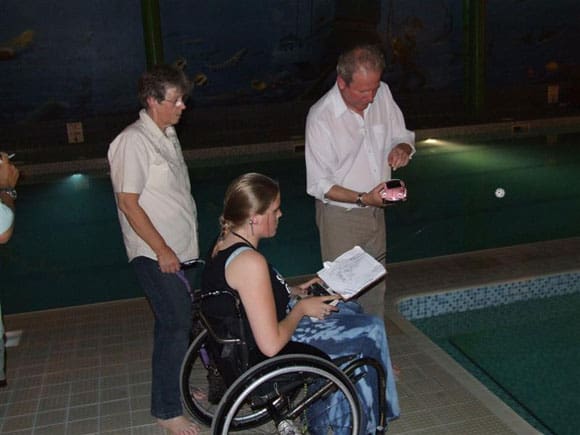
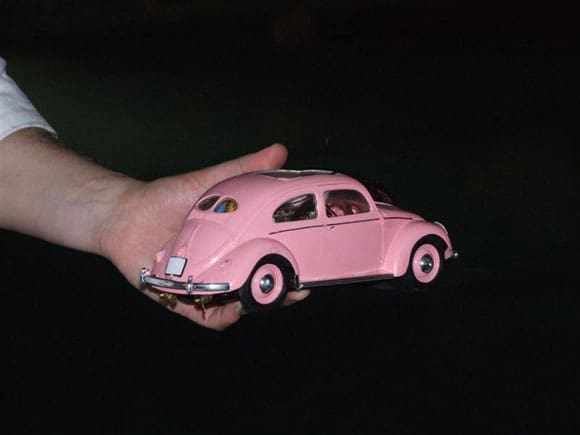
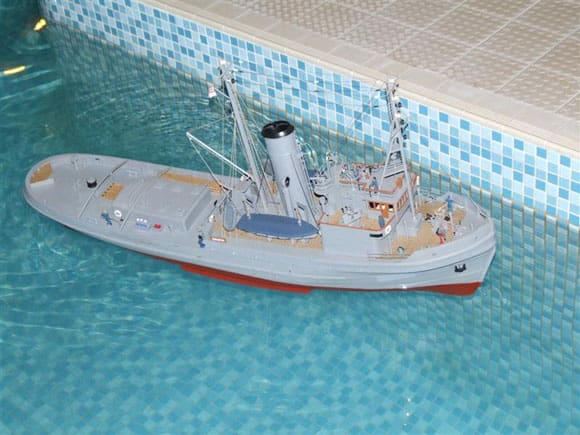
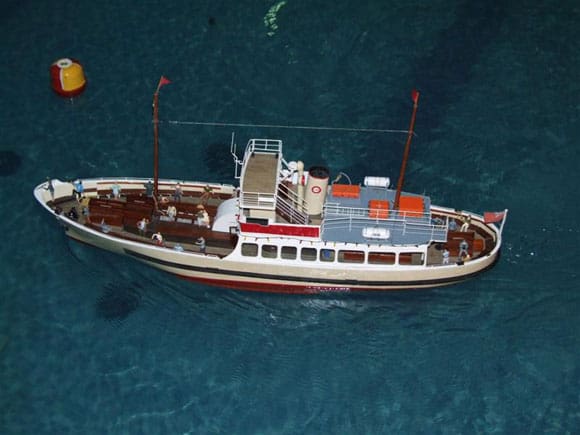
Skipsea Sands Model and Craft Week
As mentioned last month, we were preparing for our holiday at the above venue. Organized by Jim Worner and Roger Camp, the holiday features crafts for the ladies, indoor flying, tanks and cars, model boating in the indoor swimming pool in the evening and a scale competition and model yachts sailing at the Bridlington Model Boat Society’s lake in Bridlington. The ladies crafts featured such activities as card making, stamping, corsage with flowers etc.
On the Sunday morning the usual briefing took place in the sports hall where the plans for the week’s activities were outlined. This gave Jim Worner the opportunity to introduce his team to the modellers. After lunch the Grand Exhibition took place in one of the function rooms. This gave us an opportunity to see some of the models which would be sailed during the week. The first, Photo 20, is of Dave Lord’s ELCO 80 PT 596 Torpedo Boat. This is based on the Italeri kit which Dave had motorised with two 400 size motors. Halford’s primer and paints were used. Photo 21 shows some of the detail provided with this kit. Photo 22 is of a typical Dunkirk ‘Little Ship’ and shows off the superb detail of this model. The deck is from teak and the upper works are mahogany. Photo 23 is of the model on the indoor pool. The model was built by Paul Greenhalf and is now owned by Paul Crawshaw.
Another of Paul Greenhalf’s models is ‘21st Century Pirates’, Photo 24. Scratch built from ply and powered by an 820 BB Turbo outboard on 18 cells, this model is also now owned by Paul Crawshaw. A regular at Skipsea, Dave Markham and his wife Joan were displaying Dave’s model of HMS Illustrious. Photo 25 shows Dave setting up the model (centre of picture) watched by Paul Crawshaw. The full size vessel was launched in 1978 and was due to be sold to Australia when commissioned. The Falklands conflict changed the situation so the sale was not completed. At 677ft long with a beam of 90ft, HMS Illustrious displaces 19,500 tons fully laden and is propelled by four Rolls Royce Olympus turbines driving two five bladed propellers giving a top speed of 32 knots. Dave’s model is scratch built to a scale of 1:96, giving an overall length of 86ins with a beam of 15ins. The hull is constructed from ply with some of the other parts from styrene card. Propulsion is by two Pittman motors driving through 6:1 reduction gearboxes. Two 50mm, five bladed props are used. Each motor is driven separately from a 36v supply. Auxiliary functions include a full function crane, bow lift with Harrier aircraft, stern lift with a Sea King helicopter, a second Sea King with rotating blades ‘lifts off’ the flight deck, working anchors, water sprays, lighting and the sound of a Royal Marine band. Nearly forty bulbs are used, fifteen electric motors and approximately fifty yards of wire within the model. With four 12v 7amp and two 6v 4amp batteries, 18lb of lead is still required for ballast. Indeed a very fine model.
John Blakemore had brought along his model of HMS Nurton, a Ton Class minehunter. Pennant number M1166, the full size vessel was built at Harland and Wolff’s Belfast yard and commissioned in 1957, Photo 26. After the Grand Exhibition, the first of the two bring and buy sales took place.
On the Monday, there was an off site open scale regatta at the Bridlington club’s facility, which we will cover next month. On Monday evening, tanker towing took place in the indoor swimming pool. Photo 27 shows Mike Collins with the bow tug and Sarah Fencott with the stern tug, beginning the round. Mini-ships are a big feature of the holiday. This competition was well attended and our Photo 28 shows Keith Bragg in action with his model ‘Cape Town’ from the Union Model Co. At a scale of 1:32 the model was about 14ins long. Sarah Fencott was also having a go at the course, Photo 29, with her motorized VW Beetle, Photo 30! This didn’t quite make it, losing drive near the end of the course.
Later in the week we had the Grand Regatta and we’ll finish with a couple of pictures from that event. Photo 31 is of Wynne Ravenscroft’s Enigma, an Envoy class tug from The Model Slipway, and Photo 32 is of Dave Markham’s Yorkshire Belle, that we also saw in action last year. Next month we’ll finish off Skipsea and include the off-site scale competition at Bridlington.
If you want to get in touch, please email me at [email protected]. Until next time, happy modelling from Dave.



